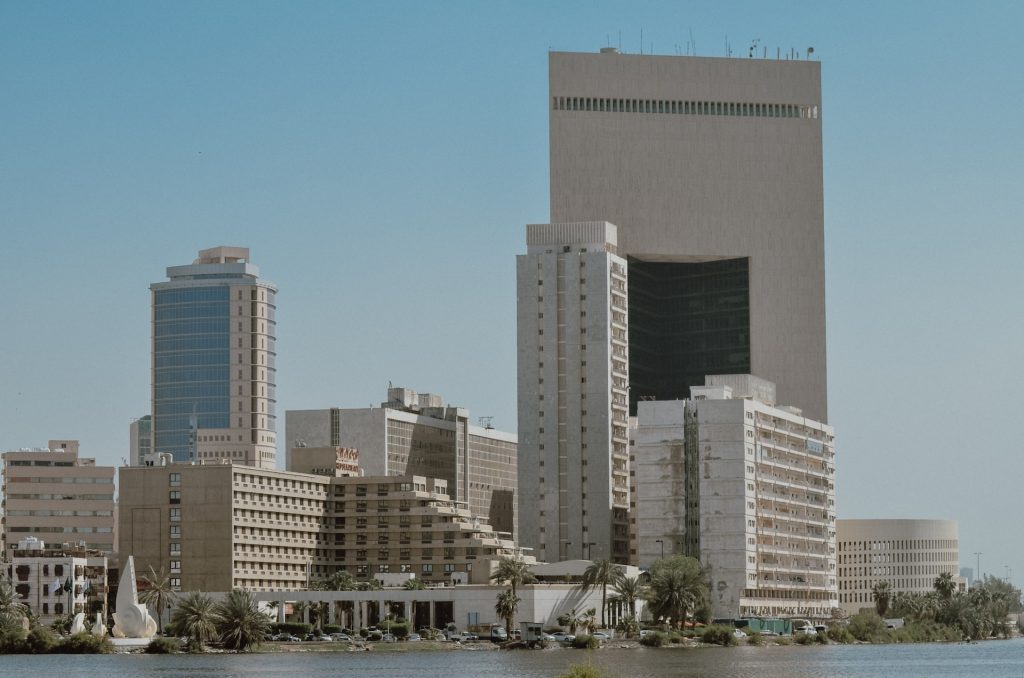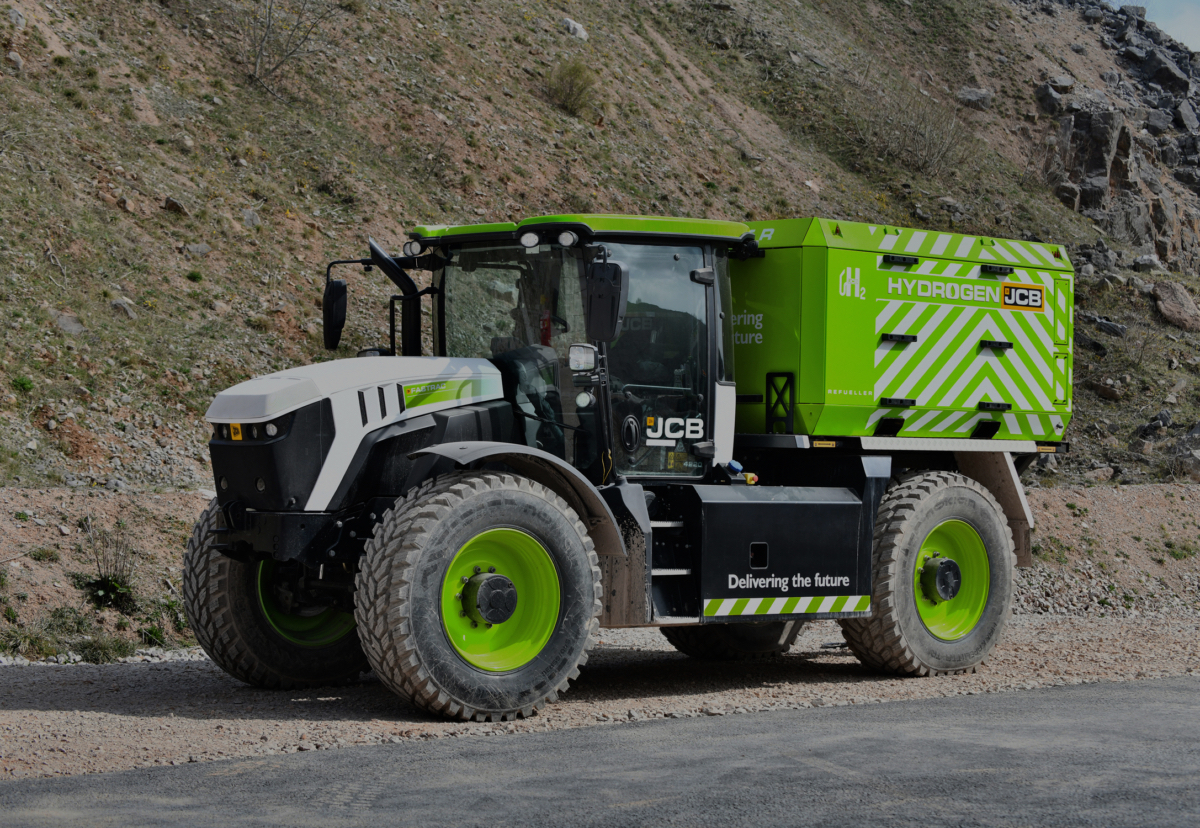The hydrogen economy will not be built in a day, but new pieces of the burgeoning ecosystem are appearing almost daily.
Just this week, JCB unveiled its mobile site hydrogen refueller for its hydrogen-powered backhoe loaders and telehandlers, a key piece of the puzzle as it looks to replace its range of diesel-powered plant machinery with hydrogen combustion engine equivalents.
“Since we became the first construction equipment company to unveil machines powered by hydrogen, many have asked how they can be refuelled,” said JCB Chairman Lord Bamford at the unveiling of the machine. “Well today we have an answer with our new mobile hydrogen refuelling system.”
Similar questions have followed many a clean hydrogen announcement: where will the hydrogen come from, how will it be stored, transported, delivered, etc.? What are the standards to ensure that clean hydrogen is clean? Where is the legislation to support investment in the industry?
Where is the demand to meet the supply? Where is the supply to meet demand?
But look at some of the other hydrogen-sector news announced in the past week: Saudi Arabia’s agreement to invest $10 billion green hydrogen production in South Africa; Centrica’s plan to inject hydrogen into a power station in Lincolnshire; BMW’s use of green hydrogen in paint production; Linde agreeing to build hydrogen refuelling stations in the Netherlands; the launch of Singapore’s hydrogen strategy; the first delivery of hydrogen-derived ammonia to Germany from the UAE; and a provisional order of 10,000 cars from fuel-cell vehicle start-up Hopium.
As can be seen, in just a few days, there has been progress on supply, demand, technical feasibility, industrial applications, national strategy, infrastructure and consumer transport.

Some of the other hydrogen-sector news announced in the past week: Saudi Arabia (Jeddha pictured above) have made an agreement to invest $10 billion green hydrogen production in South Africa.
Historically, energy transitions are slow affairs and hydrocarbons have had more than 150 years to weave their way into our economy and way of life. We don’t have the luxury of such an elongated timeline in the transition to a hydrogen-based economy. The need to achieve net zero by 2050 means developing technologies and applying them at pace over the coming three decades.
The good news is that this is achievable thanks to the application of some great minds, in the UK and abroad, to developing the technology and bringing it to market.
The central planks of a global hydrogen economy are either already in place or the road to their realisation is clear.
Electrolysers are already able to produce hydrogen at prices below those being charged for European natural gas, and costs are expected to fall rapidly in the coming years as technology improves and scale is achieved.
Methods for transporting clean hydrogen, either via pipeline or by ship, are either already being utilised or in development, while hydrogen infrastructure, hydrogen storage and hydrogen delivery are also in the process of being commercialised by companies such as Ryze Hydrogen.
Demand is already there in the form of the numerous industries that already use hydrogen in large quantities, such as agriculture, as well as those that need hydrogen to decarbonise, such as steel manufacturing and transport.
The coming decade will be witness to a period of innovation never before seen in the history of energy. Strap in. The hydrogen economy is coming.
To learn more about Ryze Hydrogen, click here.






